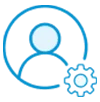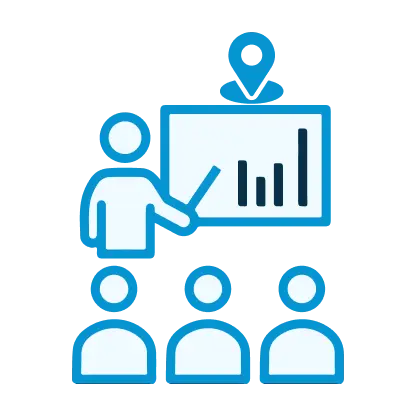We're open through the holidays to support your upskilling goals — Which training do you want to book?
We're open through the holidays to support your upskilling goals — Which training do you want to book?
Unable to find what you're searching for?
We're here to help you find itChange Technology
Siemens SCADA Systems are powerful industrial platforms used to monitor, control, and automate complex operations across manufacturing plants, power grids, water treatment facilities, and other infrastructure. SCADA (Supervisory Control and Data Acquisition) systems from Siemens—like SIMATIC WinCC—provide real-time visualization, data logging, alarm management, and remote control capabilities for large-scale industrial environments.
By integrating seamlessly with Siemens PLCs and industrial networks, Siemens SCADA solutions offer centralized control, improved production efficiency, and enhanced process reliability. These systems are critical for implementing Industry 4.0 concepts such as predictive maintenance, digital twins, and smart data analytics.
Global companies such as BASF, Siemens Energy, and Caterpillar use Siemens SCADA to manage operations across distributed systems with high security and scalability. Professionals skilled in SCADA configuration, HMI development, and data acquisition are in high demand across industries. Siemens SCADA Systems training equips engineers and technicians to design, deploy, and manage real-time control systems critical for industrial automation.

Clear All
Filter
Clear All
Clear All
Clear All
*Excluding VAT and GST
Showing to of entries
Siemens has been at the forefront of SCADA system development since the 1990s, with the release of its flagship product SIMATIC WinCC. This platform was designed to meet the needs of growing industrial operations that required not only automation but also data visualization and supervisory control.
Early versions of WinCC supported local HMI applications, while later iterations evolved into networked and web-based SCADA solutions, capable of handling large, distributed automation environments. The development of WinCC Unified marked a new era by introducing web-based engineering, cloud connectivity, and scalable architectures for modern smart factories.
Over the years, Siemens SCADA solutions have integrated with other tools like TIA Portal, S7 PLCs, and MindSphere, making them part of a comprehensive industrial automation ecosystem. These innovations have positioned Siemens as a global leader in SCADA technology across sectors such as energy, pharmaceuticals, and transport.
Modern Siemens SCADA Systems are embracing the latest technologies in cloud integration, cybersecurity, and AI-driven analytics. The introduction of SIMATIC WinCC Unified has transformed SCADA into a more flexible, web-enabled platform, allowing users to access dashboards from any device with a browser—enhancing mobility and real-time decision-making.
Another key trend is the integration of edge computing and IoT connectivity, enabling SCADA systems to process data closer to the source for faster response times. Siemens SCADA is also evolving to support modular architecture, enabling industries to scale control systems with changing operational needs.
With growing importance on data-driven production, SCADA now plays a central role in predictive maintenance, energy monitoring, and production optimization. The demand for professionals who can configure and maintain secure, scalable SCADA systems is rapidly increasing. Learning Siemens SCADA ensures readiness for the next generation of smart industrial operations.
Ans - No, the published fee includes all applicable taxes.



